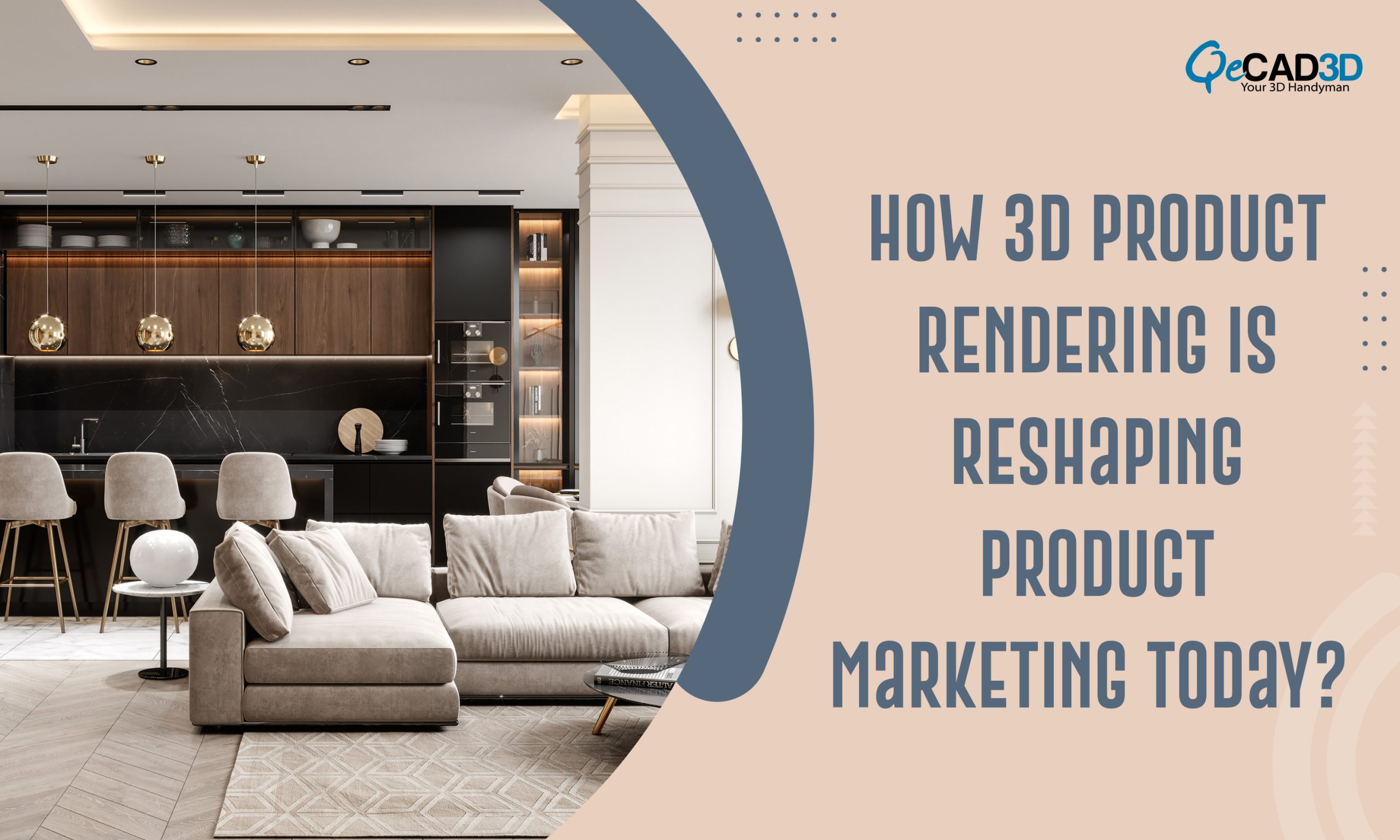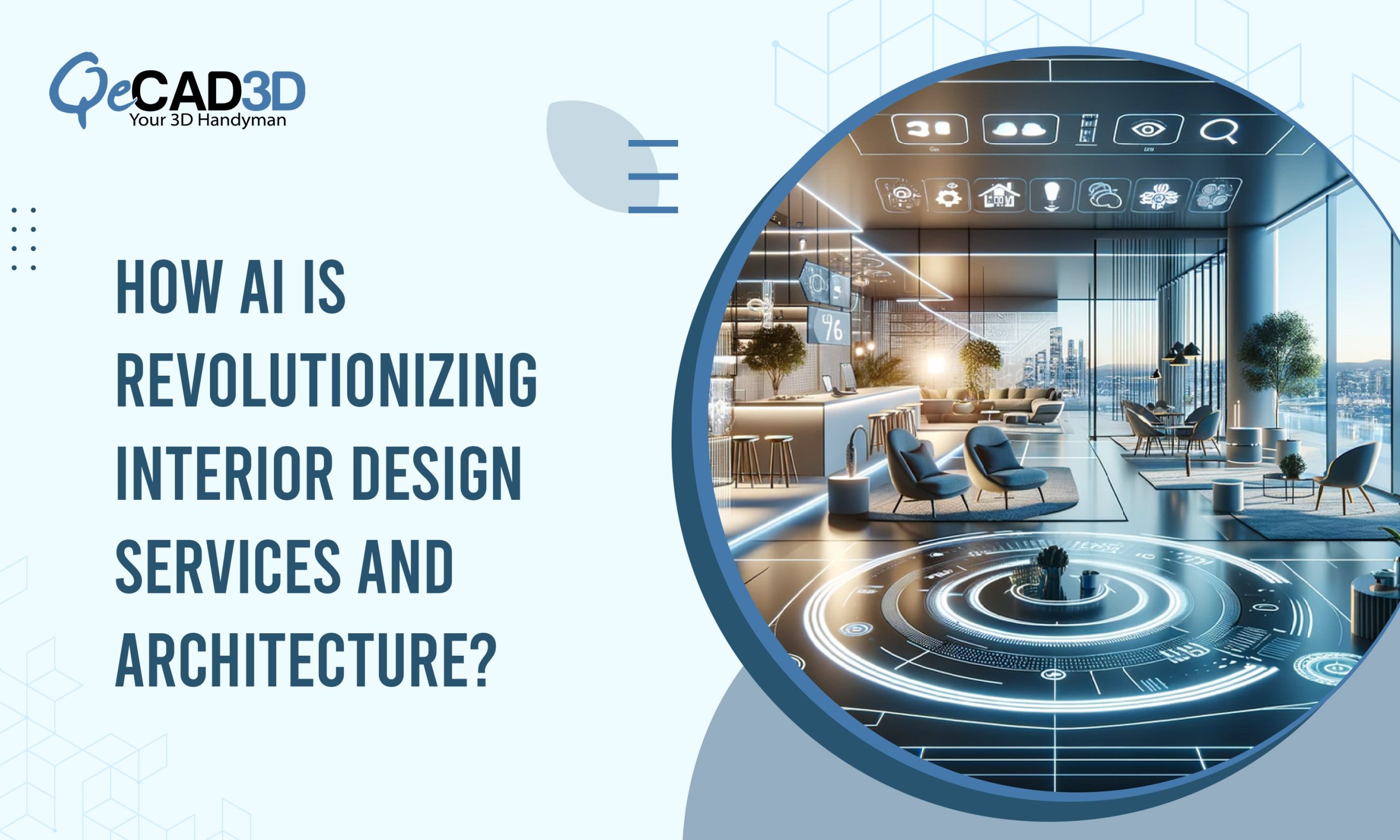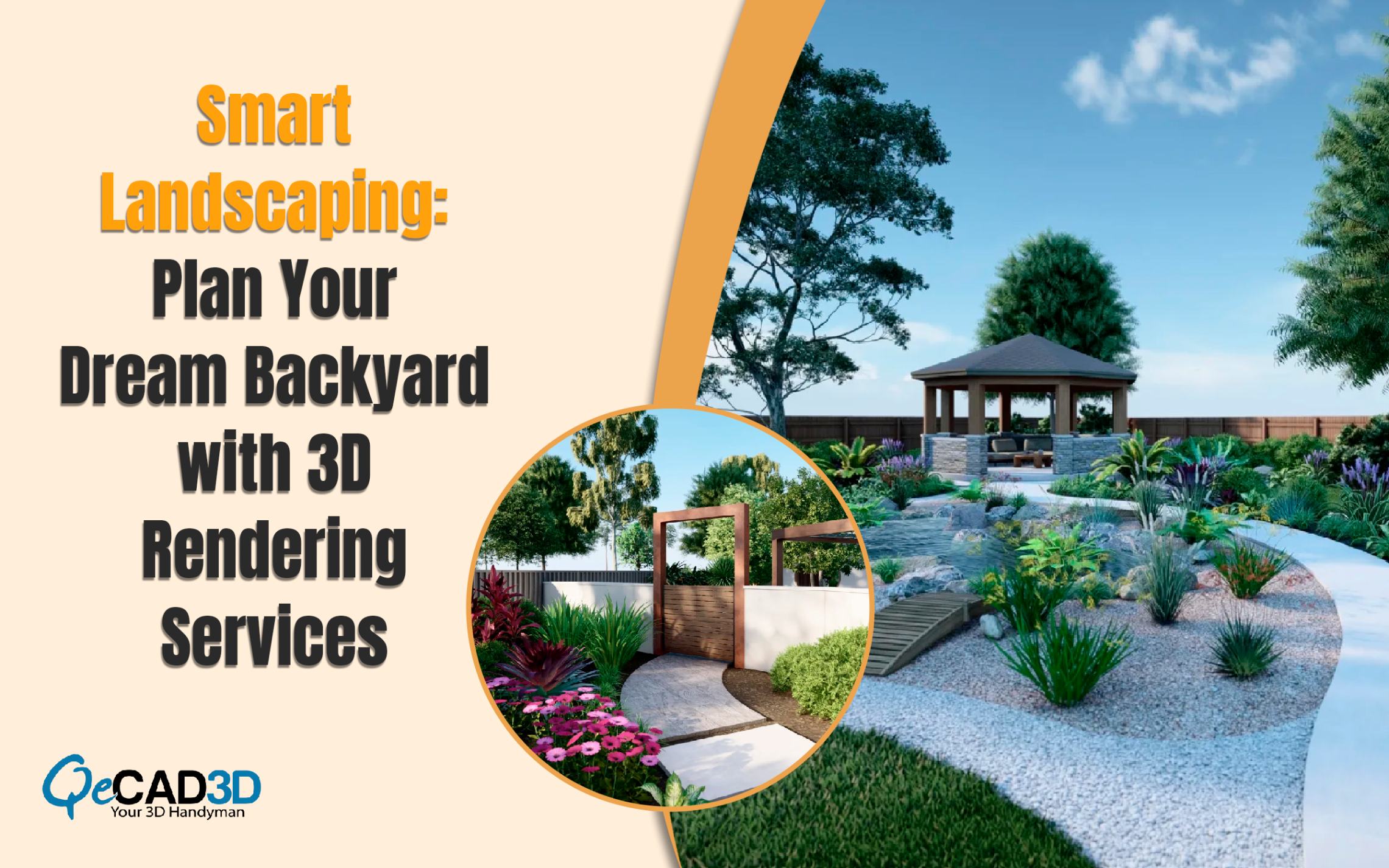How 3D Product Rendering is Reshaping Product Marketing Today?
Introduction
In the fast-paced world of product marketing, Grabbing the interest of consumers has become increasingly difficult. With the continuous advancement of technology, businesses are actively seeking creative methods to showcase their products and craft memorable brand experiences. One such game-changer in the area of product marketing is 3D Product Rendering Services – a technology that has brought magic to the way products are presented and perceived.
The Evolution of Product Presentation
Traditionally, product presentation relied heavily on photography and physical prototypes. Although these approaches proved effective to some degree, they had their inherent limitations. Photographs often struggled to capture intricate details, and physical prototypes were expensive to produce and modify. This led to a growing demand for a solution that could overcome these challenges and elevate the visual representation of products.
Enter 3D Product Rendering
The advent of 3D product rendering marked a paradigm shift in product marketing. This technology enables businesses to generate lifelike and intricate virtual representations of their products. Whether it’s a piece of furniture, a consumer electronic device, or a fashion accessory, 3D rendering breathes life into products in a way that traditional methods cannot.
The Impactful Role of 3D Rendering in Product Marketing
- Unparalleled Realism:
3D product rendering enables the creation of highly realistic images and animations. Details, textures, and lighting can be meticulously controlled, resulting in visuals that closely resemble the actual product. This level of realism fosters a fruitful connection between the consumer and the product, enhancing the overall shopping experience.
- Cost-Effective Prototyping:
Unlike traditional prototyping methods that involve significant time and cost, Rendering Services allows for quick and cost-effective prototyping. Changes and modifications can be made on the fly, reducing the time it takes to bring a product to market. This flexibility provides businesses with a competitive advantage in a constantly evolving marketplace.
- 360-Degree Product Views:
One of the standout features of 3D product rendering is the ability to showcase products from every angle. Consumers can interact with a product virtually, rotating it to examine every detail. This interactive experience goes beyond what traditional photography can offer, providing a comprehensive view that instills confidence in potential buyers.
- Customization Options:
Businesses can showcase different color options, materials, and configurations with ease through 3D rendering. This level of customization caters to diverse consumer preferences, allowing them to visualize the product exactly as they want it. This not only enhances the customer experience but also reduces the likelihood of returns due to unmet expectations.
The Impact on Marketing Strategies
The integration of 3D product rendering into marketing strategies has yielded significant benefits for businesses across various industries.
- Enhanced Online Shopping Experience:
In the age of e-commerce, where consumers heavily depend on online platforms for their shopping requirements, the visual attractiveness of products holds utmost significance.3D rendering provides an immersive online shopping experience, bridging the gap between the physical and digital worlds. This heightened experience increases the likelihood of conversion and customer satisfaction.
- Social Media Engagement:
The visual aspect of social media platforms proves them an ideal stage for 3D-rendered product content. Businesses can craft attention-grabbing visuals and animations that distinguish themselves in busy feeds. This not only captures attention but also fosters social sharing, thereby expanding the reach of the marketing campaign.
- Reduced Environmental Impact:
The shift from physical prototypes to virtual 3D rendering contributes to a more sustainable approach to product development. By minimizing the need for physical samples and prototypes, businesses can significantly reduce their environmental footprint. This not only corresponds to consumer preferences for eco-friendly practices but also elevates a brand’s reputation as a socially responsible entity.
Future Trends and Innovations
As technology continues to advance, the world of 3D product rendering is poised for further innovation.
- Augmented Reality Integration:
The integration of 3D product rendering with augmented reality (AR) is a promising avenue for the future. Consumers could use their smartphones or AR devices to virtually place products in their real-world environment before making a purchase decision, providing a truly immersive and interactive shopping experience.
- Artificial Intelligence for Personalization:
The application of artificial intelligence (AI) in 3D rendering can lead to more personalized and tailored experiences. AI algorithms could analyze consumer preferences and behaviors, dynamically adjusting product visuals to align with individual tastes. This level of personalization could significantly impact consumer engagement and brand loyalty.
Conclusion
In the dynamic realm of product marketing, maintaining a forward position is vital for business success. 3D product rendering has emerged as a transformative force, revolutionizing the way products are presented and experienced by consumers. Its ability to provide unparalleled realism, cost-effective prototyping, and enhanced customization options has made it an indispensable tool for businesses across industries. As technology continues to evolve, the magic of 3D product rendering is set to create even more enchanting and immersive experiences for consumers, shaping the future of product marketing.






